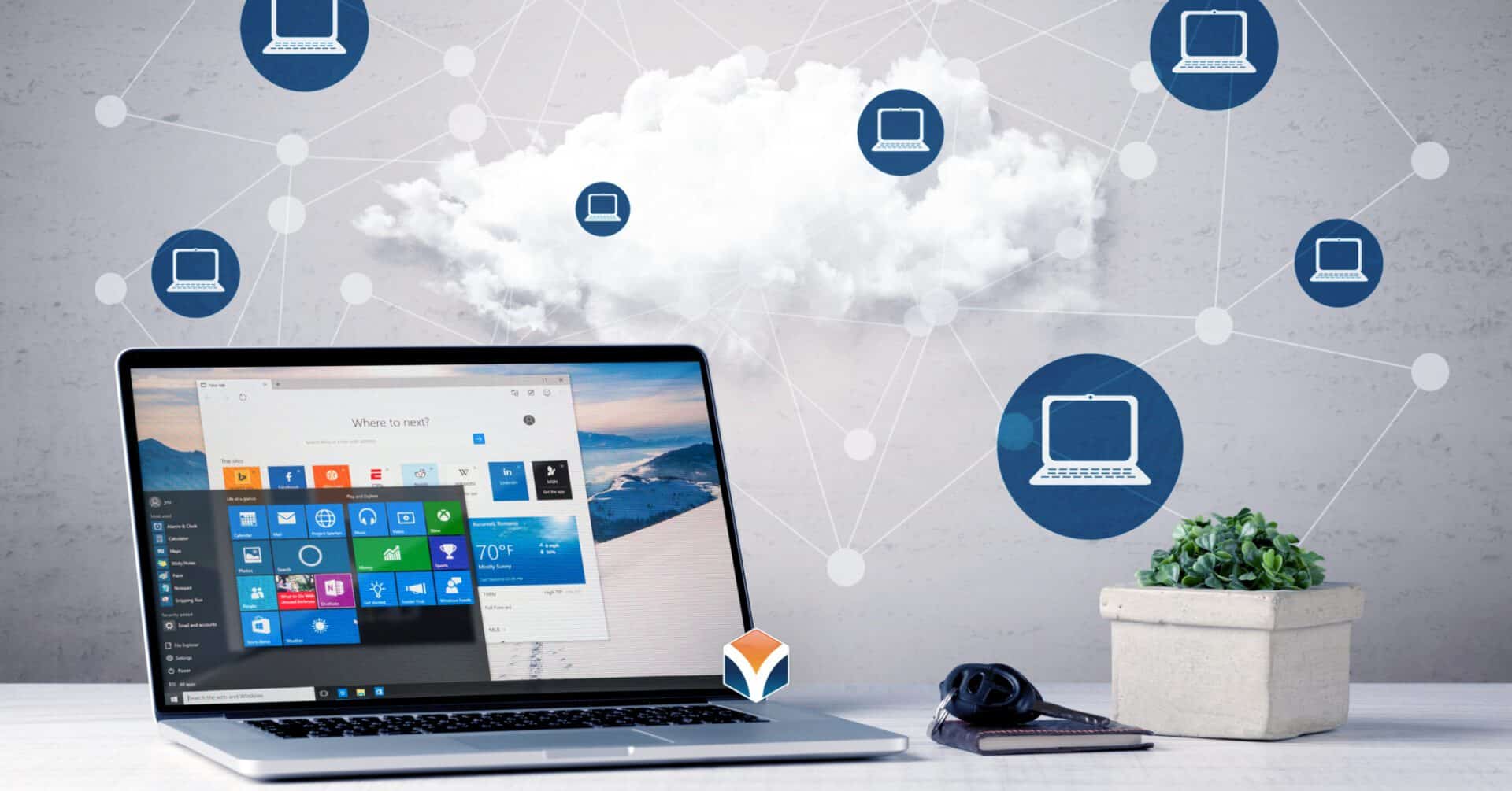The Importance of IT Virtualization: Streamlining Your Business Infrastructure
Technology solutions for small and medium-sized businesses can be complex, which is why simplification is a top priority for many executives. IT Virtualization is a key component in this effort, helping organizations make their IT infrastructure easier to manage, more efficient, and more secure.
Despite its significant benefits, some businesses may not be entirely aware of how IT Virtualization works. According to Gartner:
[…] the abstraction of IT resources that masks the physical nature and boundaries of those resources from resource users. An IT resource can be a server, a client, storage, networks, applications or OSs. Essentially, any IT building block can potentially be abstracted from resource users.
For example, a virtual network would be hosted in a data center environment and deployed via the cloud, making access easier without all the complicated wiring. Adding users becomes much simpler, as they don’t require specific cabling projects for new connections, making scalability a seamless feature.
The Growing Adoption of IT Virtualization
IT Virtualization services are becoming increasingly popular. According to a report from Cisco, 77% of small and medium-sized businesses use some form of virtualization, whether for storage, server hosting, or desktop infrastructure. Spiceworks research indicates that within the next two years, 45% of businesses plan to move their entire IT environment to the cloud.
Benefits of IT Virtualization
Implementing IT Virtualization in your business infrastructure provides several advantages, including:
1. Simplified IT Management
Virtualization reduces the need for managing extensive physical hardware, decreasing exposure to risks such as hardware failures and natural disasters. Hosting your virtual infrastructure off-site ensures greater reliability and ease of access.
2. Cost Savings
Virtualization lowers operational costs by reducing the number of physical workstations and servers, leading to lower electricity consumption and streamlined IT maintenance. Solutions like Windows Virtual Desktop enable businesses to administer systems more efficiently.
3. Enhanced Security & Disaster Recovery
While virtualization enhances efficiency, it also requires robust security measures to prevent cyber threats. A virtualized network should always incorporate firewalls, antivirus software, spam blockers, and content filtering to minimize risks. Additionally, having a solid disaster recovery plan ensures business continuity in the event of unforeseen incidents.
Final Thoughts
Your organization’s IT Virtualization strategy should be designed with security, uptime, and scalability in mind. Reducing hardware dependency is just one part of the equation—protecting your virtual environment from threats is equally crucial.
For more information about our services and security, contact Vision Computer Solutions at 1.248.349.6115.


